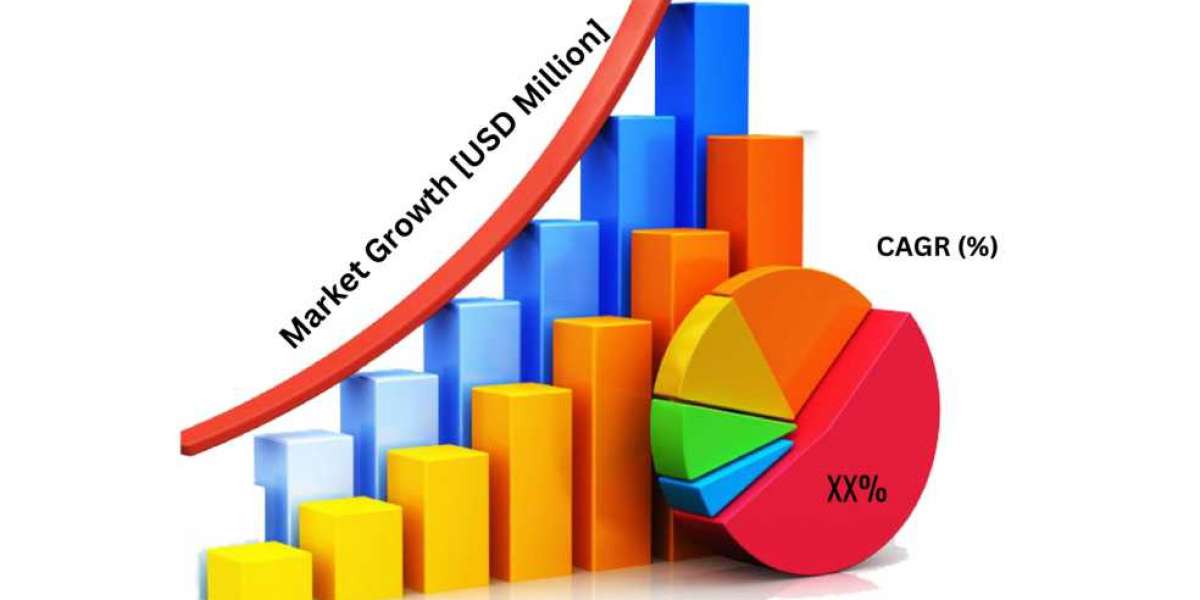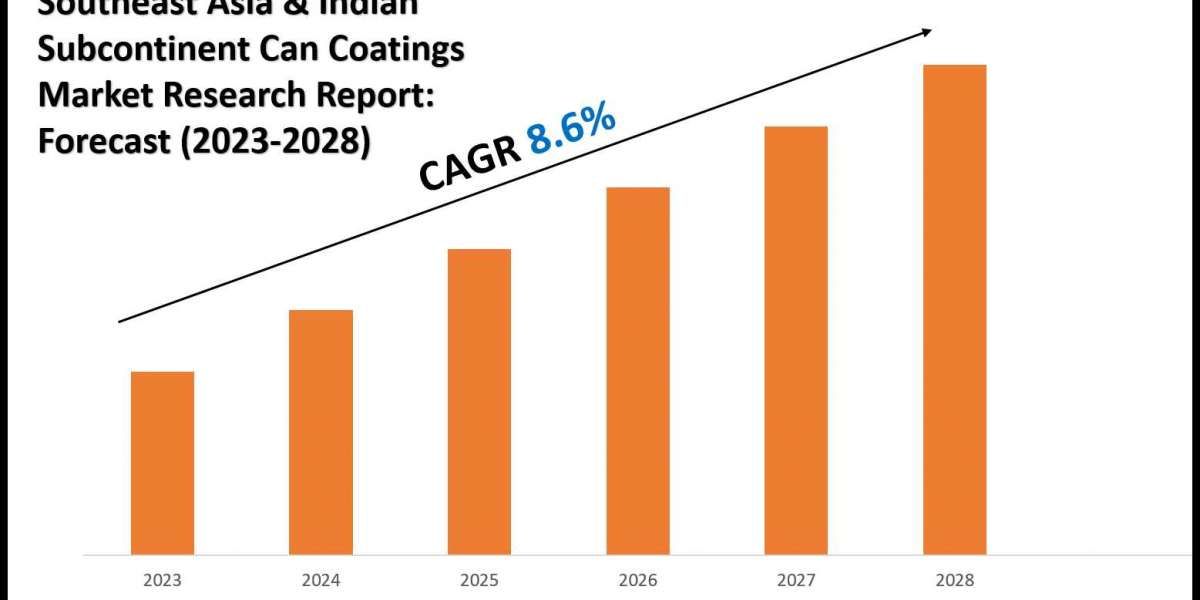Migraine Drug Market Evolves with Novel Therapies and Growing Awareness
The migraine drug market is experiencing significant transformation, driven by a deeper understanding of the neurological condition and the development of targeted therapies. Recent news highlights a surge in innovative treatments, including CGRP inhibitors and neuromodulation devices, alongside a growing emphasis on personalized medicine and preventative strategies.
Market Growth Fueled by Prevalence and Innovative Treatments:
The global migraine drugs market is experiencing substantial growth, with projections indicating a rise from USD 4.2 billion in 2023 to a potential USD 6.3 billion by 2032, showcasing a CAGR of over 4%. This expansion is attributed to the increasing prevalence of migraines, recognized as a leading cause of disability worldwide, and significant advancements in treatment options. North America currently holds the largest market share, but the Asia Pacific region is expected to witness the fastest growth. 1
CGRP Inhibitors Revolutionize Migraine Management:
A major breakthrough in migraine treatment has been the introduction and increasing adoption of Calcitonin Gene-Related Peptide (CGRP) inhibitors. These targeted therapies, including monoclonal antibodies like erenumab (Aimovig), fremanezumab (Ajovy), galcanezumab (Emgality), and eptinezumab (Vyepti), work by blocking the CGRP molecule or its receptor, which plays a crucial role in migraine pathophysiology. Oral CGRP receptor antagonists, known as gepants, such as rimegepant (Nurtec ODT/Vydura), ubrogepant (Ubrelvy), and atogepant (Qulipta), offer convenient oral administration for both acute and preventive treatment. Zavegepant (Zavzpret) nasal spray provides a fast-acting option for acute relief.
Newer Acute Treatments Offer Alternatives to Triptans:
Beyond triptans, which remain a cornerstone of acute migraine treatment, newer options are emerging. Lasmiditan (Reyvow), a serotonin 5-HT1F receptor agonist, offers an alternative for acute treatment without the vasoconstrictive effects of triptans. The recent FDA approval of Symbravo (meloxicam and rizatriptan) provides a combination therapy with a novel formulation for faster absorption and quicker pain relief.
Preventive Therapies Gain Importance:
The focus in migraine management is shifting towards preventative therapies to reduce the frequency and severity of attacks. Alongside established options like beta-blockers, antiepileptics, and antidepressants, CGRP monoclonal antibodies and gepants are now key players in migraine prevention, offering improved efficacy and tolerability for many patients.
Neuromodulation Devices Offer Non-Pharmacological Options:
Non-invasive neuromodulation devices are gaining traction as alternative or adjunctive migraine treatments. Devices like Cefaly, gammaCore, Nerivio, and sTMS mini use electrical or magnetic stimulation to modulate nerve activity and provide relief from acute attacks or prevent future episodes.
Personalized Medicine and Digital Therapeutics on the Horizon:
The future of migraine treatment is leaning towards personalized approaches, considering individual triggers, genetic profiles, and comorbid conditions. Digital therapeutics, including mobile apps and wearable devices, are being developed to track migraine episodes, manage lifestyle factors, and enhance patient engagement in their care.
Research Explores Novel Targets and Delivery Systems:
Ongoing research continues to explore new therapeutic targets, such as the PACAP (pituitary adenylate cyclase-activating polypeptide) pathway, with drugs like Lundbeck's Lu AG09222 showing promise in clinical trials. Advancements in drug delivery systems, including nasal sprays and at-home injections, aim to improve efficacy and patient convenience.
Regulatory Landscape and Market Access:
The approval of new migraine drugs and devices is subject to stringent regulatory processes. The high cost of some innovative therapies, particularly CGRP inhibitors, raises concerns about market access and reimbursement, prompting ongoing discussions about insurance guidelines and patient affordability.
In conclusion, the migraine drug market is a dynamic field marked by significant advancements in understanding and treating this debilitating condition. The emergence of targeted therapies, non-pharmacological options, and a growing emphasis on personalized care offer new hope for millions of migraine sufferers worldwide.








